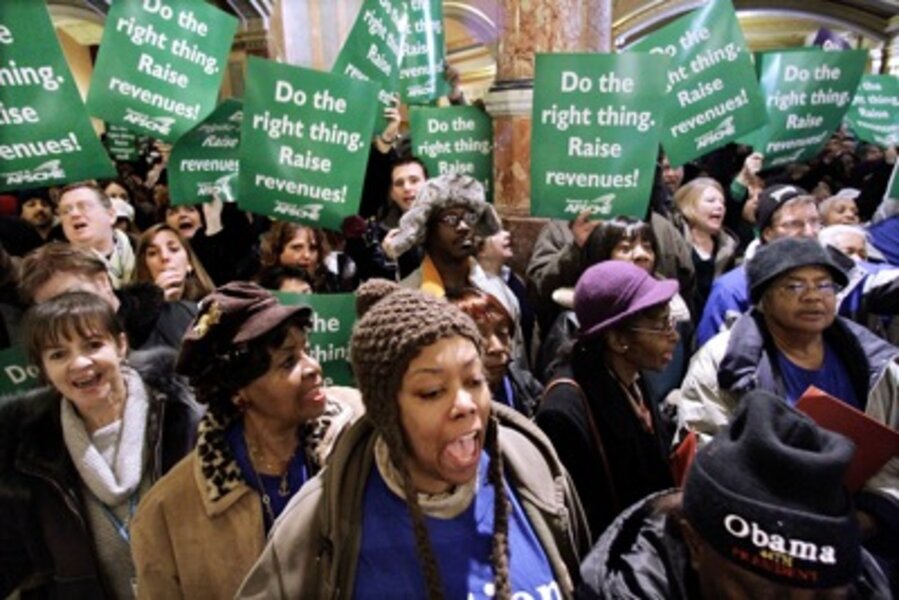Why so few people pay income tax
Loading...
Last week Fox Business News asked me whether it was a problem that nearly half of all Americans paid no federal income tax last year. I’ve gotten that question repeatedly since I reported the Tax Policy Center estimate that 47 percent of all taxpayers and 55 percent of the elderly and families with children paid no federal individual income tax in 2009. (Remember, however, that most people who pay no federal income tax do pay Social Security, Medicare and other federal taxes as well as state taxes.) Still, reporters and others want to know if it is fair that so many people pay “no” tax?
The explanation is simple: the income tax serves two masters. On one hand, it raises nearly half of all federal revenues. On the other, it delivers a broad array of social benefits in the form of exemptions, deductions, and credits that reward people for government-favored behavior. If we look only at raising revenue, about three-fourths of people pay taxes. It’s that social welfare function that knocks so many people off the tax rolls.
Over the past two decades, Congress has repeatedly used the income tax to encourage or subsidize specific activities. We subsidize kids with the child credit, college attendance with multiple higher education credits, retirement with all sorts of tax-favored savings plans, work with the earned income credit, and child care with, you guessed it, the childcare credit. And we’ve retained most itemized deductions that subsidize homeownership, state and local governments, and charitable giving.
Colleagues Eric Toder, Len Burman, and Chris Geissler cataloged at least $950 billion of such tax expenditures in 2007. That amount was more than 80 percent of the income tax revenues collected that year. The government could deliver virtually every one of those benefits through spending programs. And if it did, a lot more people would pay income tax.
Who would pay federal income tax if we zeroed out all those credits, itemized deductions, and dependent deductions and added in the major income exclusions—Social Security, pension income, and tax-exempt interest? TPC’s tax model found that 80 percent of individuals and families would owe income tax this year—far more than the half who pay once those tax benefits are figured in. And 90 percent of those who would pay no tax have income under $20,000. By contrast, nearly everyone--98 percent—of those with income over $20,000 would pay some income tax if we got rid of the major tax subsidies. Include payroll taxes and the percentages of non-payers get even smaller.
The high percentage of people paying no federal income tax is not the result of the levy’s tax function. It is caused almost entirely by Congress’s insistence on using the tax system to deliver social benefits.
Add/view comments on this post.
------------------------------
The Christian Science Monitor has assembled a diverse group of the best economy-related bloggers out there. Our guest bloggers are not employed or directed by the Monitor and the views expressed are the bloggers' own, as is responsibility for the content of their blogs. To contact us about a blogger, click here. To add or view a comment on a guest blog, please go to the blogger's own site by clicking on the link above.





